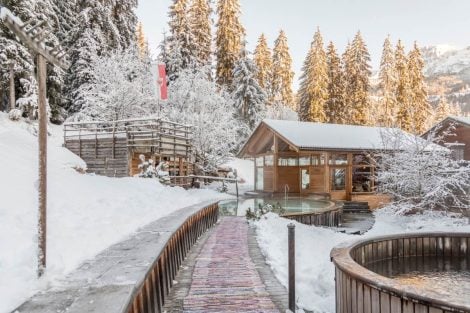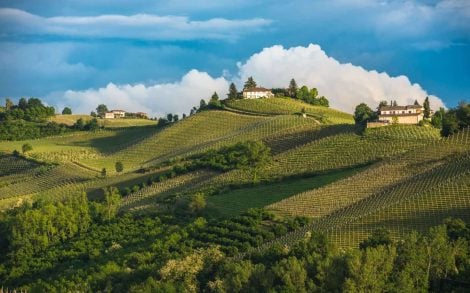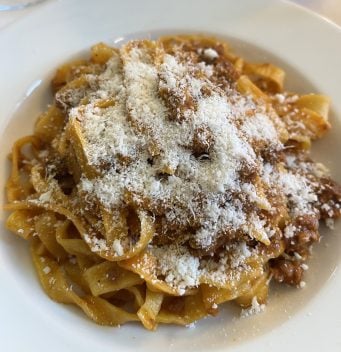by Raffaele Mosca
Visiting a wine village in the Sardinian hinterland, one might expect to see very elderly people and century-old vineyards. It’s part of the region’s stereotype: the image of a place where time has stood still and years go uncounted. And there’s no doubt that this idea is at least partly true.
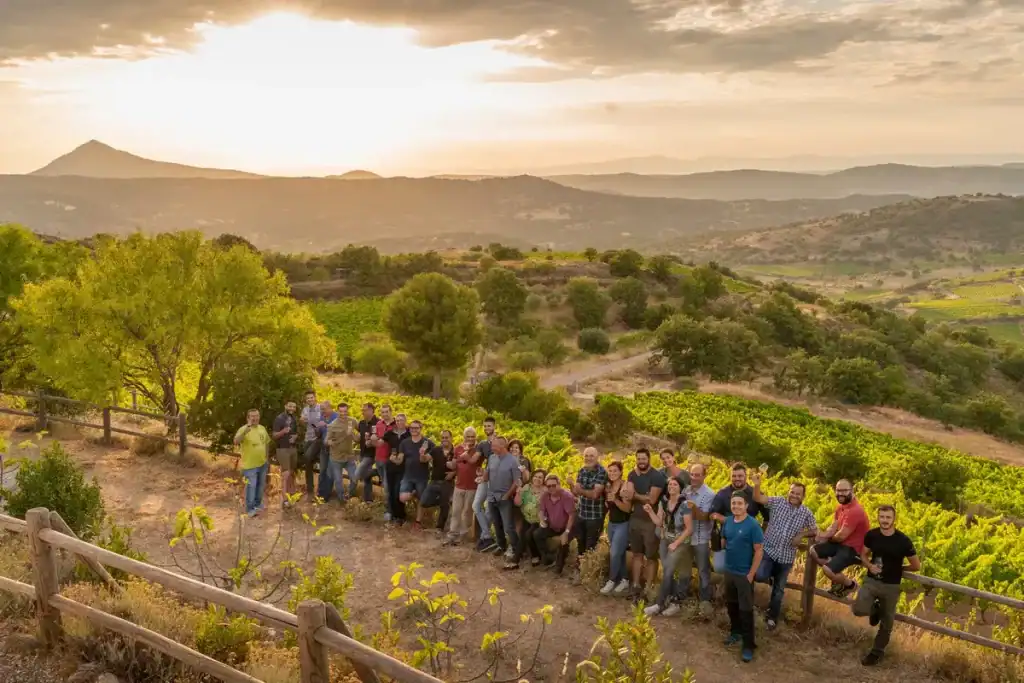
Mamoiada and the young winemakers' revolution
In Mamoiada, nestled among the peaks of Nuoro, bars are full of lively octogenarians and the countryside is brimming with ancient bush-trained vines – some as old as 300 years. But there are also many young people reversing the trend of rural depopulation: they take part in the now-famous Mamoiada carnival, wearing the apotropaic masks of mamuthones and issohadores, dancing through the village streets with bells ringing on their backs. More importantly, they have transformed their family wineries —once focused on bulk wine for personal or local consumption—into destinations for wine enthusiasts.
They are planting new vineyards alongside the historic ones, steadily approaching the peak of the appellation, which starts at 600 metres above sea level and reaches nearly 950 metres.
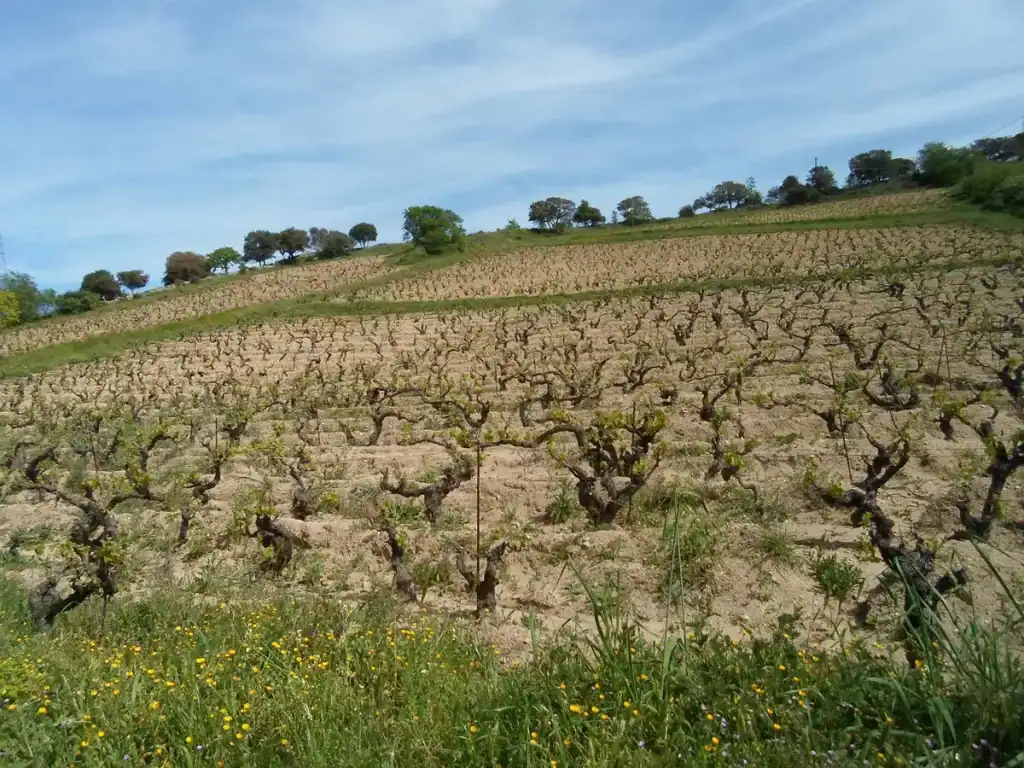
The vineyards of the Francesco-Cadinu estate
You could compare the surge of these mountain wines to the Sicilian boom on Etna. But there’s a key difference: while Etna was largely rediscovered by outside winemakers and investors, here in Mamoiada, community membership is paramount. One of the rules to join Mamojà, the association formed in 2015 to unite local winemakers, is the requirement to reside in the municipality of Mamoiada. “It’s to protect ourselves from speculation and ensure the land stays in the hands of those who work it,” one member explains.
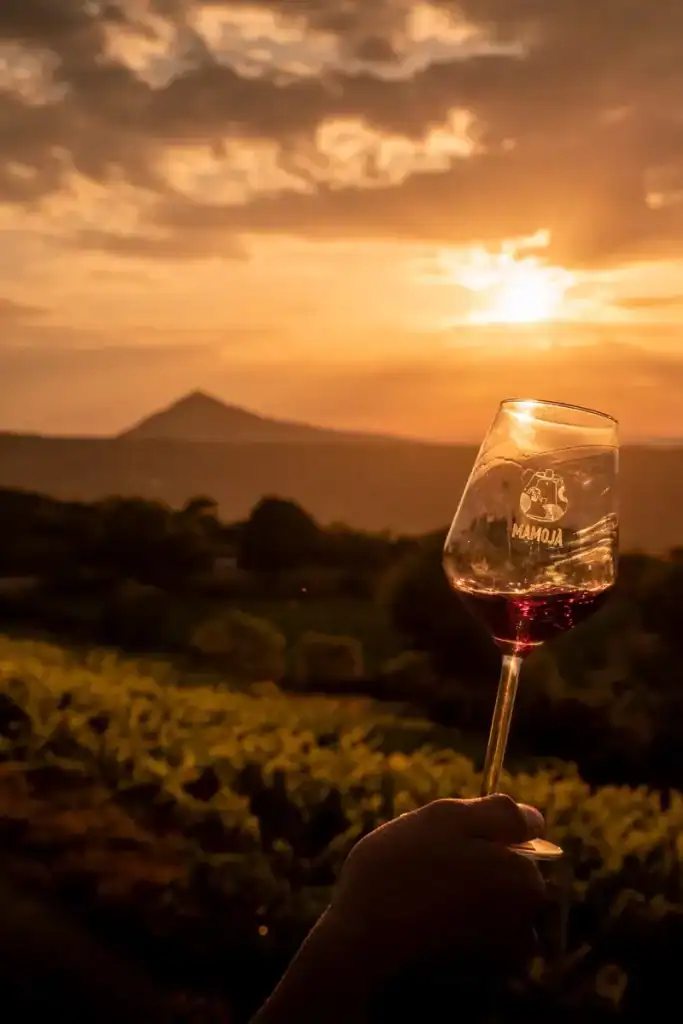
Mamoiada: a land made for fine wines
A simple walk through Mamoiada’s dirt trails reveals the land’s natural vocation for producing fine wines: decomposed granite soils tame the vine’s vigour, and the narrow, high valleys channel both cold winds from the Gennargentu —the island’s highest mountain range—and maritime breezes from the Gulf of Orosei, just a few dozen kilometres away as the crow flies.
On the labels, you’ll often see the word Ghirada, which means vineyard and refers to the extreme fragmentation of land ownership. These could be compared to the crus of Burgundy or the contrade of Etna—though the comparison isn’t exact, as it’s not so much the geology, which is relatively uniform, but the exposure and positioning that create differences.
Here, the usual rules of viticulture seem almost inverted: to the south and south-west, some of the coolest vineyards are found, influenced by Gennargentu and Monte Gonare; while north and north-east, sunlight and warmth from the sea—visible from some hills on clear days—accelerate ripening.
“In the Cannonau wines from the southern Ghiradas, there’s a herbaceous style reminiscent of great Cabernet Franc,” notes Tom Muellen, an American journalist and Forbes contributor, during his talk at Mamojà Vives, the association’s annual event.
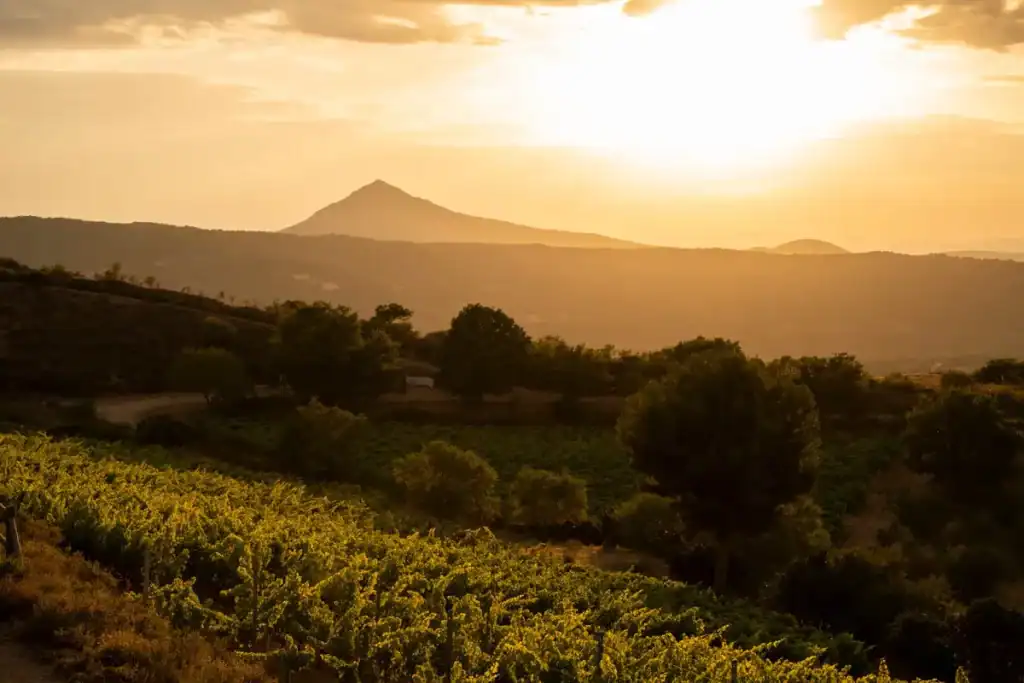
Cannonau from Mamoiada: what the regulations require
This quintessential Sardinian red variety plays the starring role in local winemaking: it yields wines that stand in stark contrast to the old-fashioned Cannonau of yesteryear—those rustic, over-extracted versions, shaped more by outdated winemaking than by the grape’s true character. Like all Grenache varieties, to which it is closely related, Cannonau can show great elegance even in very sunny places.
Depending on style, Mamoiada’s Cannonau can be extremely delicate and ethereal—evoking great red wines from across the Alps—or darker and earthier. What they all have in common is a consistent balance, even when alcohol levels exceed 15%, thanks to vibrant acidity and almost imperceptible tannins.
These are thoroughly modern fine wines, produced following non-interventionist principles. The association’s guidelines require organic vineyard management and spontaneous fermentation.
“These are standards we’d like to see included in a future subzone or official designation,” says Salvatore Sedilesu, president of Mamojà. The biggest issue for Mamoiada is that, for now, its wines fall under the general Cannonau di Sardegna DOC or the IGT Barbagia. The only way to distinguish them is to join the association and display the Mamojà logo on the label—but work is underway to resolve this paradox.
Cannonau from Mamoiada: our tastings
Here is a selection of the wines we liked best during Mamojà Vives, the annual tasting event organised by the Mamojà association.
The first number in each tasting note refers to the score out of 100.
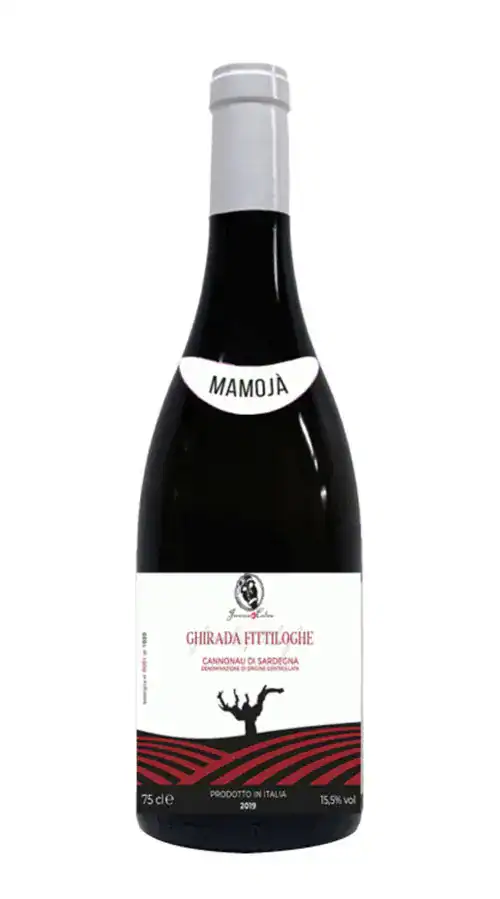
96/100
Ghirada Fittiloghe 2022 – Francesco Cadinu
Initially subtle but increasingly expressive and complex, it blends red fruit jelly and dried flowers with roots, botanicals, and a hint of eucalyptus. Somewhere between Burgundy and Châteauneuf-du-Pape for its rare fruit purity, soft tannins, and Mediterranean herb finish. A masterpiece.

95/100
Ghirada Fittiloghe 2022 – Vikevike
The nose evokes the Côte de Nuits: subtle strawberry, potpourri, and exotic spices. The palate confirms the finesse—light, refined, and ending with a refreshing note of blood orange. At times minimalist, yet far from lacking. Just 13% ABV.
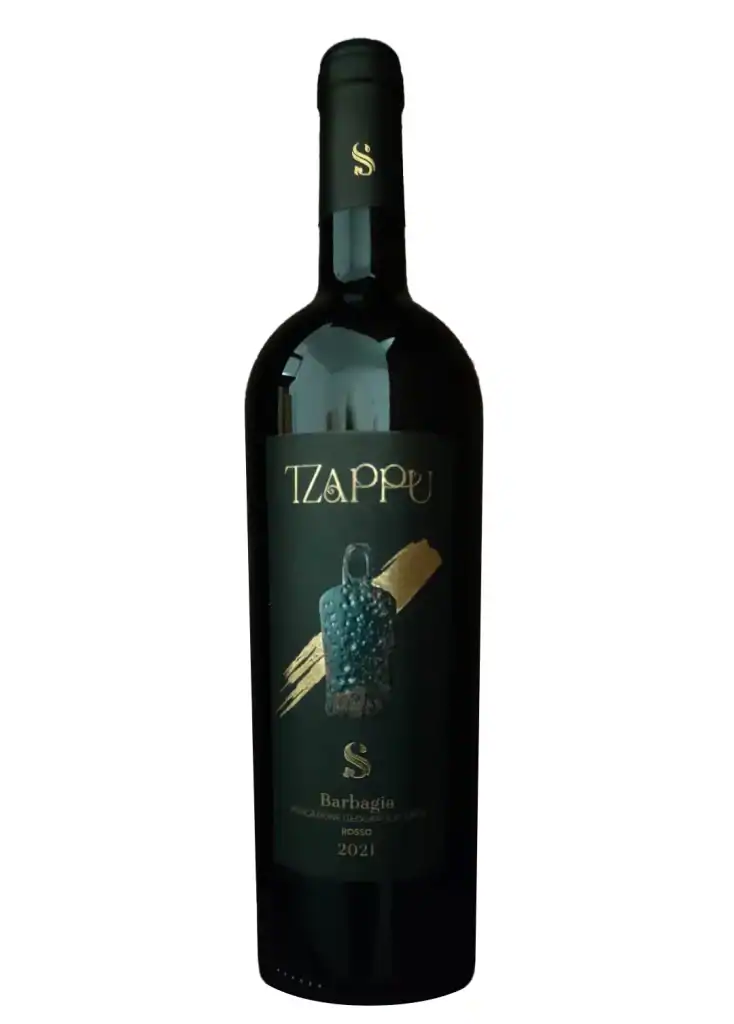
95/100
Tzappu 2023 – Siotto
A blend from several Ghiradas, with an exquisitely refined nose of balsamic herbs, carob, nutmeg, and delicate fruit, leading to an airy yet substantial palate. Long and deep finish.

95/100
Ghirada Malarthana 2022 – Mulargiu
The most delicate wine from the northern side, with a seductive fruit profile—almost Burgundian—complemented by wild fennel and dried flowers. Dangerously drinkable yet complex, with menthol and floral notes defining a supremely graceful finish.
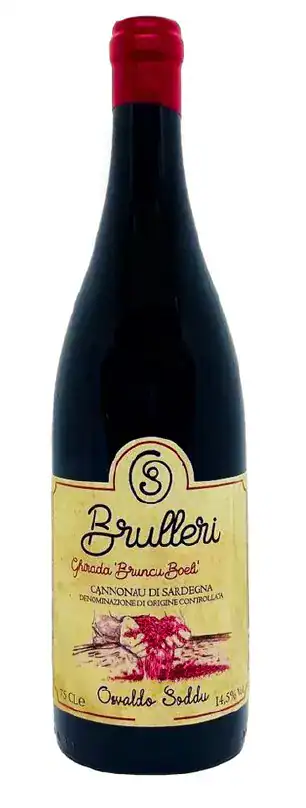
94/100
Brulleri Ghirada Bronco Bueli 2021 – Osvaldo Soddu
Dark and wild, yet fine and deep: roots and carob meet forest undergrowth and scrubland. Balanced between power and freshness, with sharp acidity and fine tannins. A hint of evolution adds complexity to the long, nuanced finish.
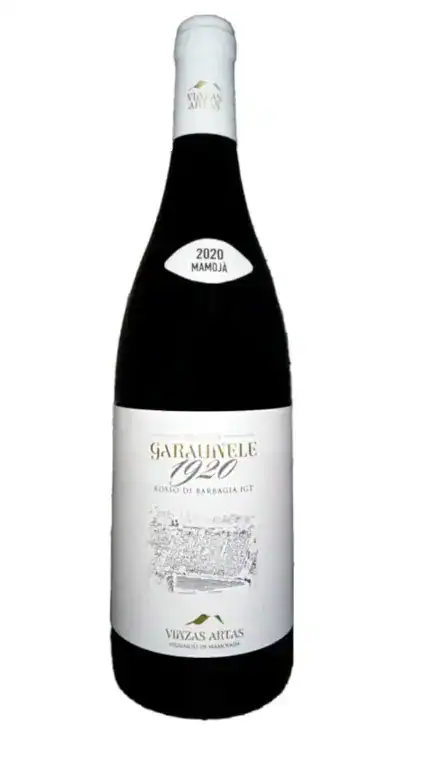
94/100
Ghirada Garaunele 2022 – Vinzas Artas
Explosive fruit—ripe but not overblown—framed by Mediterranean shrub notes. Juicy and enveloping on the palate, with delicate tannins and a finish rich in wild herb tones.
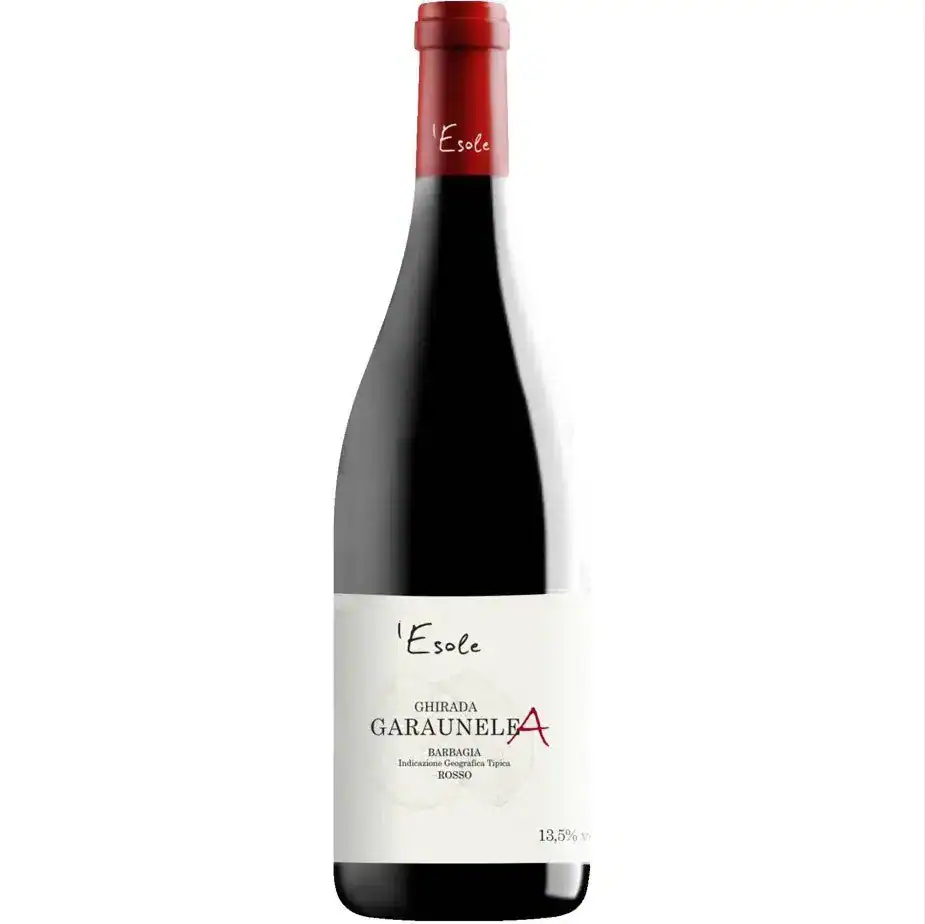
93/100
Ghirada Garaunele A 2022 – Esole
The young owner trained at the legendary Domaine de la Romanée-Conti. A restrained wine with floral and fresh red fruit aromas, followed by a graceful, agile palate with barely-there tannins and a seductive finish of wild strawberry, liquorice, and saline hints.

93/100
Ghirada Zi Spanu 2022 – Giuseppe Sedilesu
Initially reserved, with dark notes of carob, medicinal herbs, and fresh bramble fruits, reminiscent of a fine Priorat. More austere than others, it needs time to open but is precise, deep, and energetic.
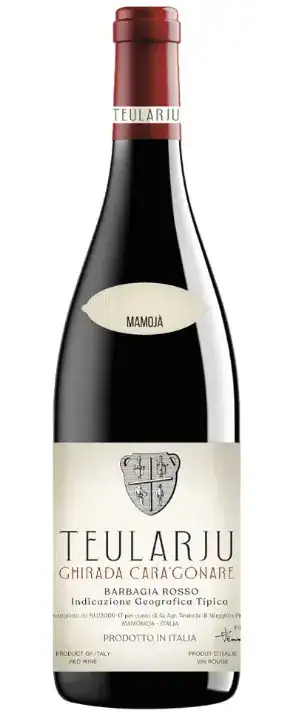
93/100
Ghirada Cara Gonare 2022 – Teularju
From relatively young vineyards in the south, it bursts with vegetal freshness and juicy fruit. Not the deepest wine, but fluid, with floral and balsamic herb notes in the finish. The name means “in front of Monte Gonare”, highlighting its high-altitude style.
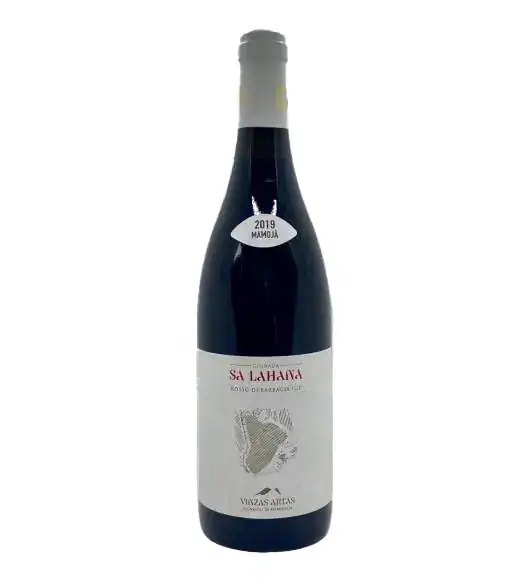
92/100
Boeli Ghirada Sa Lahana 2023 – Cantina Muggittu
The municipality’s youngest producer offers a fresh and vibrant take from southern vines. Peppery, herbal nose leads to a simple but delicious palate, with dried herb notes brightening the pleasantly persistent finish.
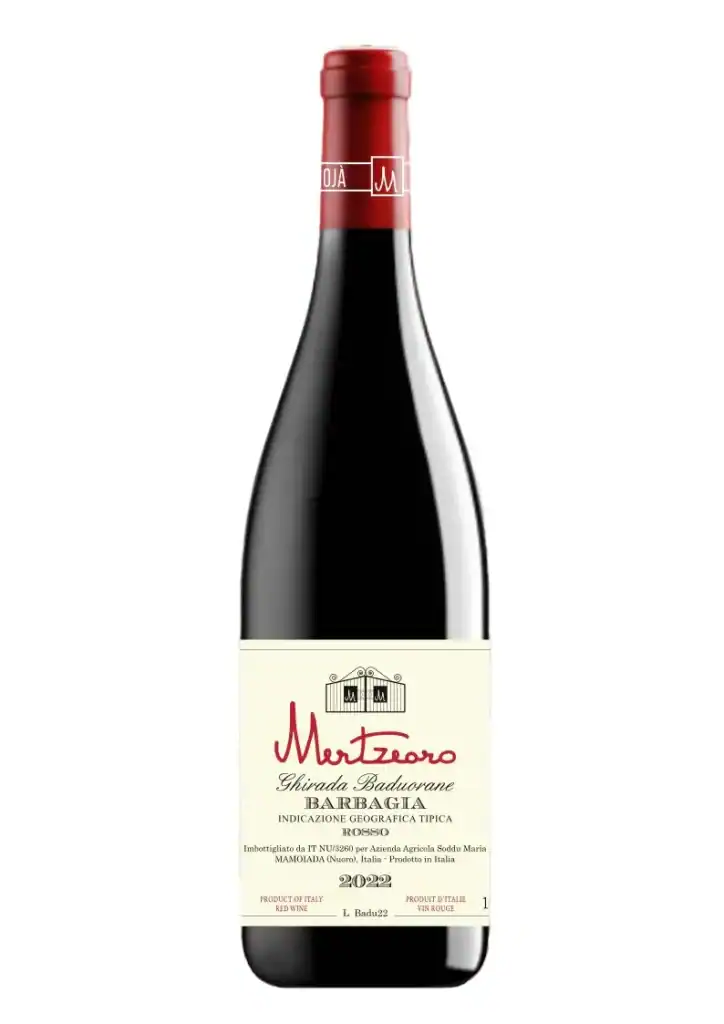
92/100
Ghirada Buadorane 2023 – Mertzeoro
Roots, iron, and aromatic herbs mark a lively nose, followed by a richer-than-expected sip with slightly drying tannins and citrusy freshness energising a consistent finish.
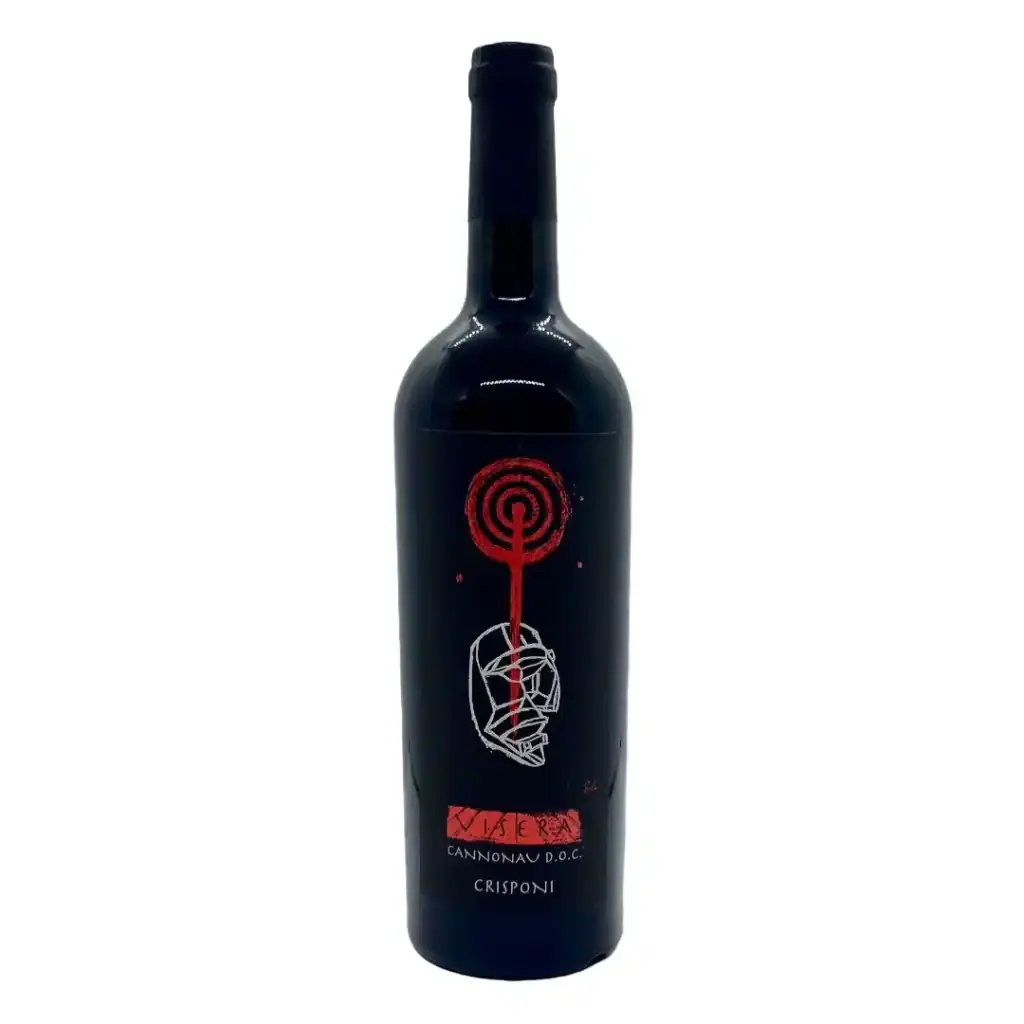
91/100
Ghirada Elisi 2023 – Crisponi
Initially earthy and animal, with dark, dense fruit in the background. Complex but a touch rustic, with firm acidity and powdery tannins lending structure. A hint of warmth rounds out the amplified finish.
91/100
Ghirada Palagorrai 2022 – Mussennore
Leather, damp earth, dark fruit, and a vegetal freshness. Palate is dark and shows some signs of evolution and warmth, yet maintains enough freshness and salinity to strike a fair balance.
90/100
Ghirada Foddigheddu 2021 – Montisci Vitzizzai
From the north, this wine is deep with ripe cherry, chocolate, and root notes. Broad and enveloping, with good freshness and slightly drying tannins. The warm finish is forest-like in tone.
90/100
Berrei 2024 – Tramaloni
The only 2024 wine, it’s fresh, straightforward, focusing on bright fruit and drinkability, with a light vegetal note returning on the palate. Slightly rustic but modern, with a simple, flowing finish.


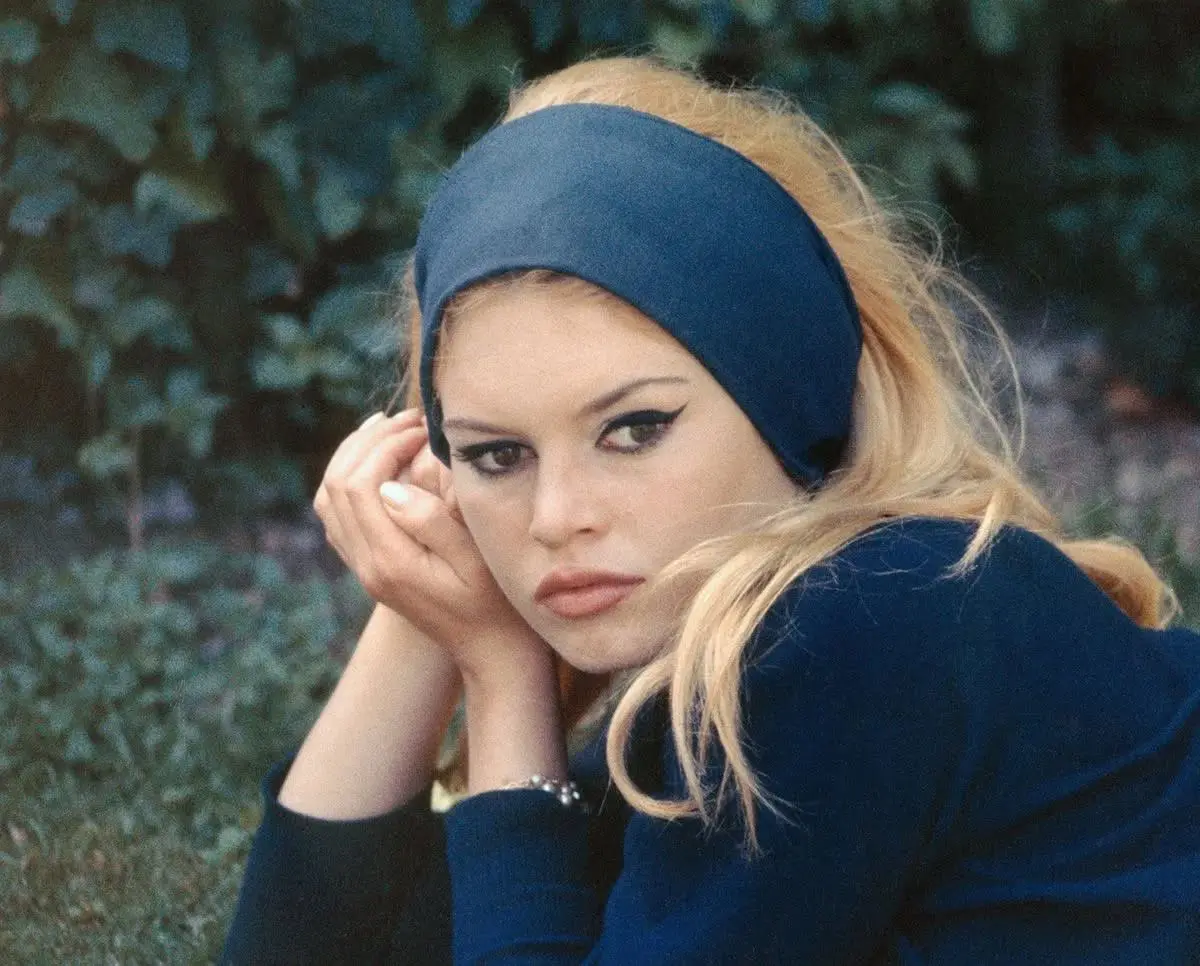 Brigitte Bardot’s final rosé: the wine that marks the end of an icon
Brigitte Bardot’s final rosé: the wine that marks the end of an icon What you need to know about Italy's new decree on dealcoholised wine
What you need to know about Italy's new decree on dealcoholised wine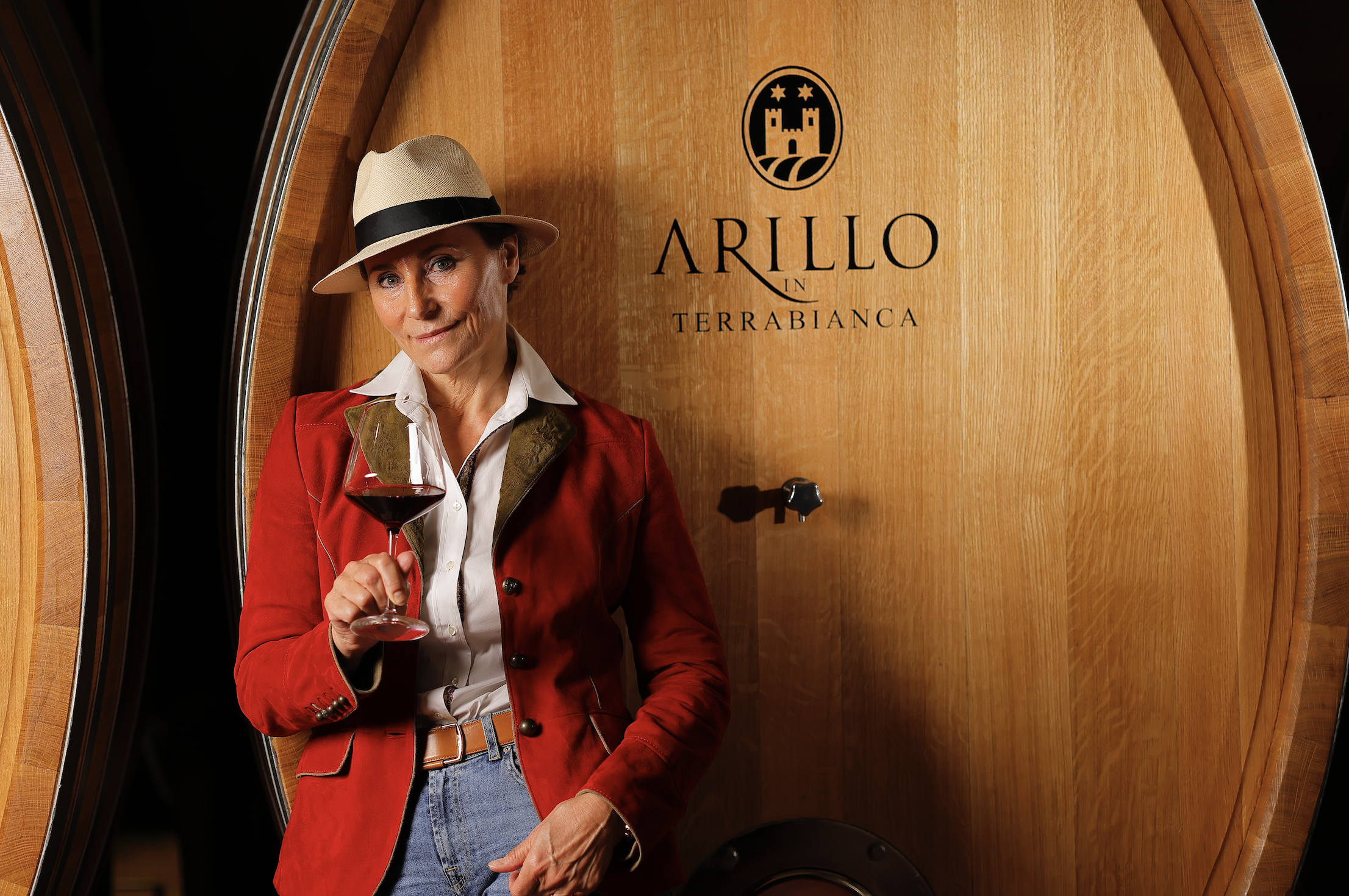 Why Arillo in Terrabianca's organic approach is paying off
Why Arillo in Terrabianca's organic approach is paying off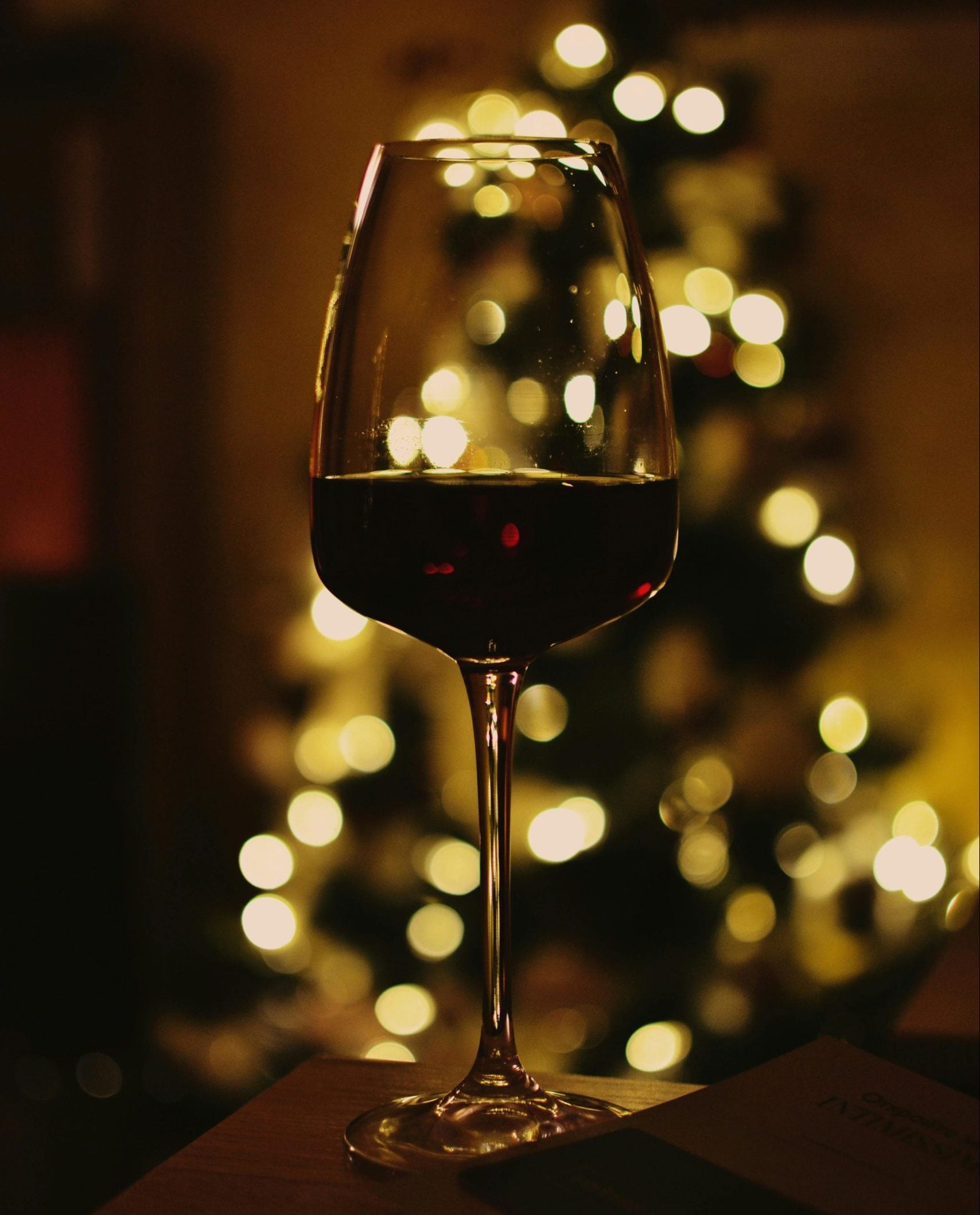 What do sommeliers drink at Christmas?
What do sommeliers drink at Christmas?